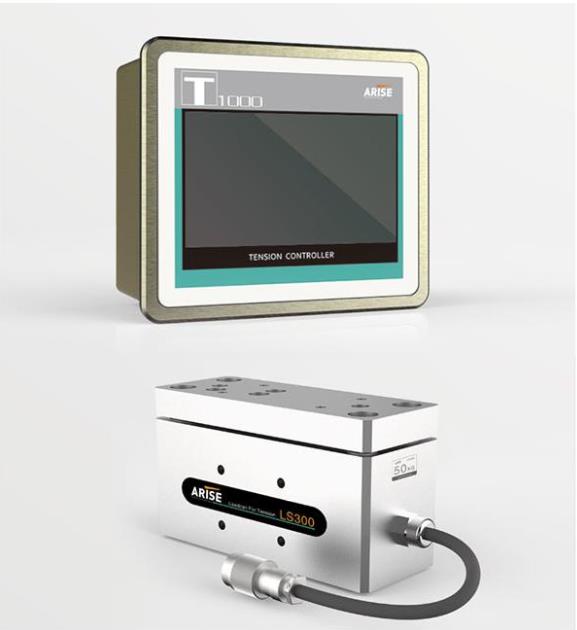Common Faults And Solutions Of Tension Control System
Many factors influence the tension control system, which can lead to related issues. According to the structure and working principle of the tension control system, analysing and determining the reasons, and correcting problems with appropriate techniques to ensure the tension control system's stable operation. This article discusses three typical faults and their solutions of tension control system.
1. Inaccurate Overprinting Of Tension Control System
Fault phenomenon
During normal printing operations, the swing roller swings erratically and has a considerable swing amplitude, resulting in inaccurate overprinting.
Solutions
Because the construction of the tension control system is quite complex, there are numerous explanations for this failure, which are summarised below.
(1) The swing roller cylinder's pneumatic control circuit components are prone to deterioration, resulting in piston leakage and unstable swing roller cylinder loading pressure. In this regard, it is possible to consider replacing damaged pneumatic circuit components, as well as replacing the swing roller cylinder if necessary.
(2) The high-precision potentiometer runs for a long time within a specific range, and when the resistance value within that range varies, it is easy for the high-precision potentiometer's feedback signal to become unstable. At this point, the high-precision potentiometer should be replaced as soon as possible.
(3) There is an excessive gap between the potentiometer gear and the rotary shaft gear. The position of the swing roller will shift as the tension changes. However, because of the gap, it is easy for the swing roller to repeatedly swing back and forth, reducing printing accuracy. The clearance should be modified in accordance with guidelines for this.

2. Unstable Tension Of Tension Control System
Fault phenomenon
When the winding diameter is big during the winding process, the winding tension display value frequently drops as the winding diameter grows. At this point, the driver's output current will continue to rise. When the output current exceeds the motor's rated current, the driver will activate overcurrent protection and send a fault alarm.
Solutions
First, ensure that the load on the driver and the motor speed encoder are both normal. Following calibration of the winding web tension controller, it was discovered that one of the tension sensors had failed, causing the detected winding tension signal value to be half of the real winding tension value. To achieve the predetermined winding tension, the web tension controller will constantly raise the output until it reaches 100% as the winding diameter grows. The actual winding tension has significantly exceeded the predetermined winding tension at this point, and the reel material is extremely tight. As the load grows, the drive overcurrent protection kicks in. After replacing the tension sensor and recalibrating, the system returns to normal. It should be noted that when calibrating the winding tension controller, the weight used should be as close to the full tension value as possible to improve the tension control accuracy.

3. Excessive Winding Starting Tension Of Tension Control System
Fault phenomenon
When the tension control system starts, the full tension value of the winding tension controller is exceeded, and the equipment must run for approximately 2 minutes to establish constant tension functioning. This not only wastes a considerable amount of raw materials, lowering yield, but it also readily causes zero displacements of the tension sensor, resulting in tension control value deviation.
Solutions
Adjust the driver's input signal, as well as the gain, bias, and PID parameters of the tension feedback signal, but the fault persists. Check to see if the tension reset and tension sensor signals are normal. When the take-up tension controller was detected, it was discovered that its internal stall storage reset point was broken, despite the fact that the external reset signal of the take-up tension controller was normal. In fact, the take-up tension controller not only did not reset but also saved the previous roll's take-up tension value, resulting in a significant take-up starting tension problem. The winding beginning tension will revert to normal after repairing the internal stall storage reset point of the winding tension controller and replacing damaged parts.
- Art
- Causes
- Crafts
- Dance
- Drinks
- Film
- Fitness
- Food
- Jogos
- Gardening
- Health
- Início
- Literature
- Music
- Networking
- Outro
- Party
- Religion
- Shopping
- Sports
- Theater
- Wellness
